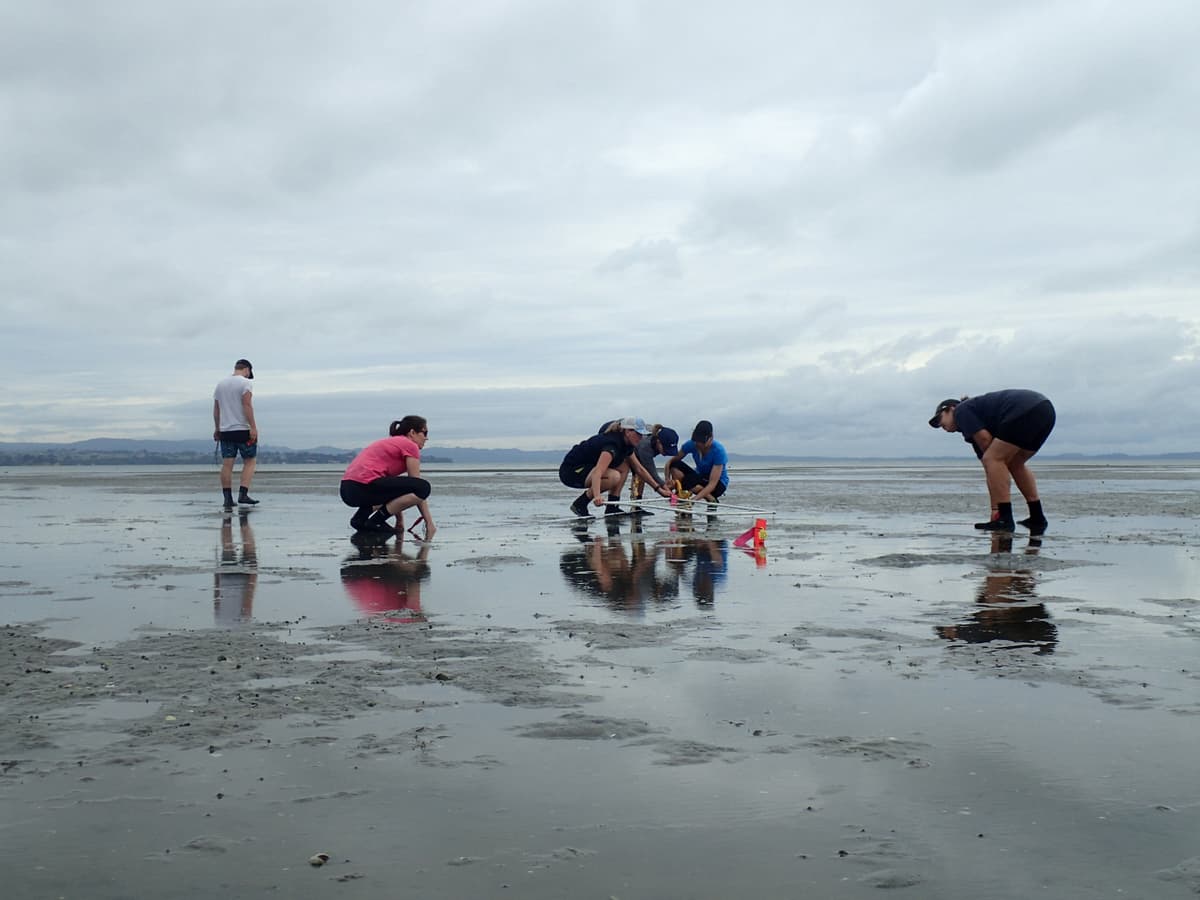

Hewitt JE, Bulmer R, Stephenson F, and SF Thrush. April 2021. Global Change Biology 27:2213–2224.
Monitoring design criteria generally focus on number of data points, sampling frequency and duration, often derived from previous information on species seasonal and multi-year temporal patterns. Our study questioned whether the timing of any impacts relative to Southern Oscillation would also be important. We imposed a series of simulated reductions on macrofaunal abundance data collected regularly over 29 years from two sites, using species selected for observed differences in temporal dynamics. We found both within-year sampling frequency and the timing of the imposed reduction relative to the Southern Oscillation Index affected detection ability. The latter result, while apparently demonstrating a confounding influence on monitoring, offers the opportunity to improve our ability to detect and interpret analyses of monitoring data, and thus our ability to make recommendations to managers.
SOI, climate patterns, tipping points, monitoring design, monitoring analysis

